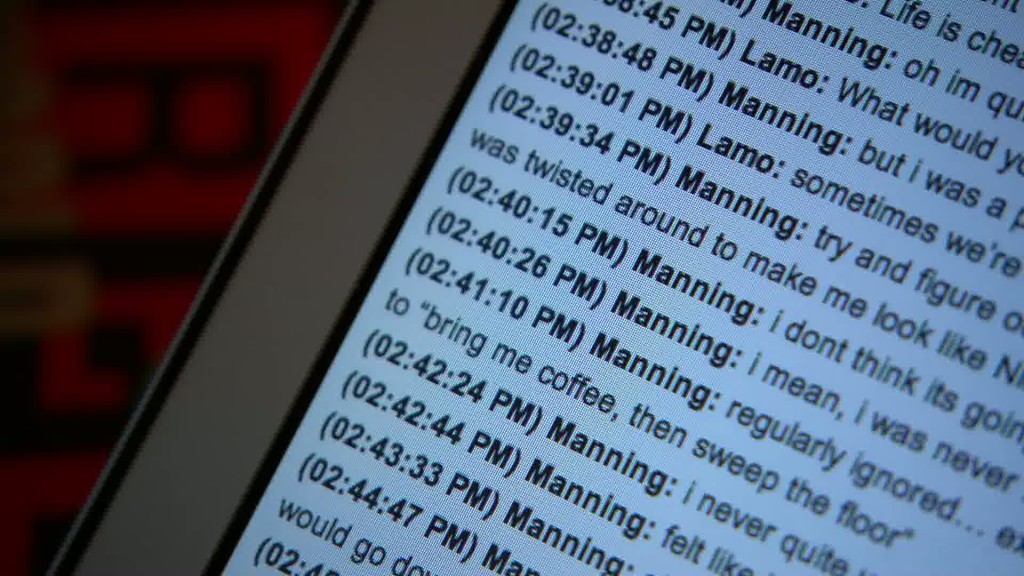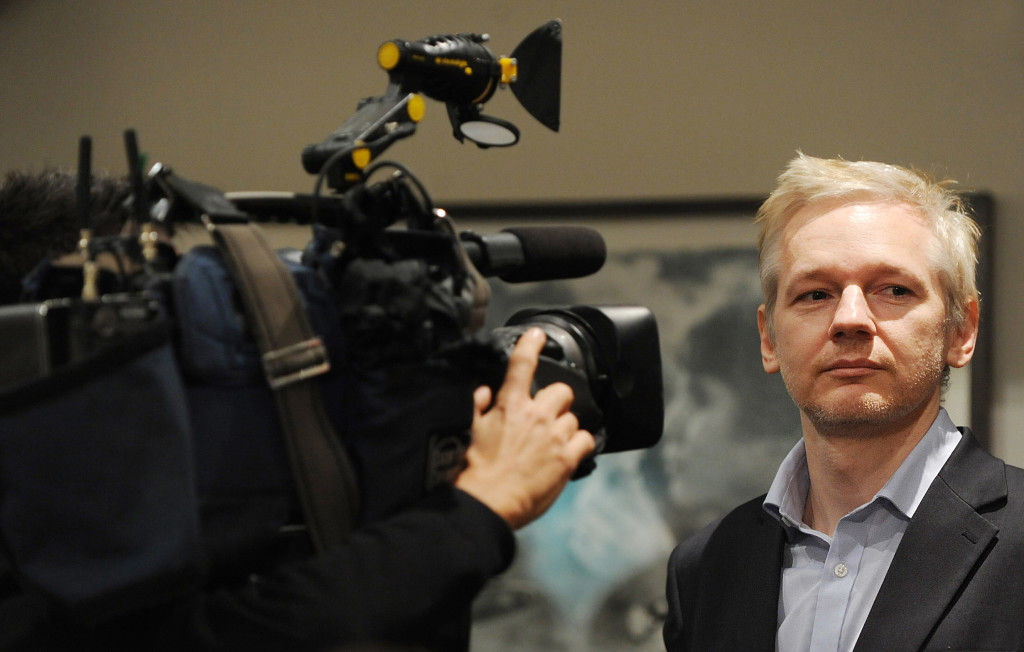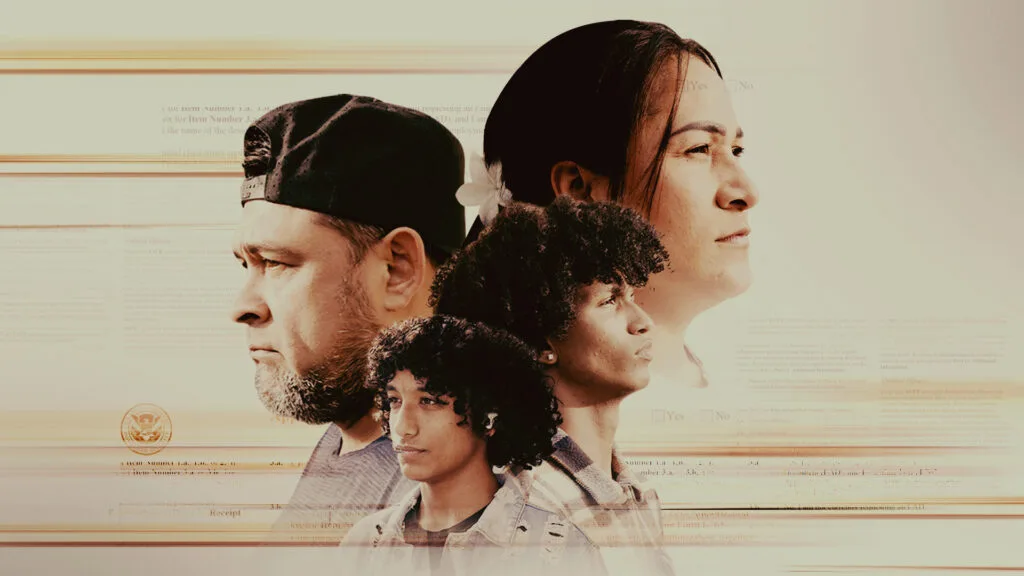Hacker Who Exposed WikiLeaks Suspect Takes the Stand

June 4, 2013
Share
Adrian Lamo, the convicted computer hacker who befriended — then some might say betrayed — PFC Bradley Manning by turning over Instant Messenger chat logs of their conversations to federal authorities, took the stand as a prosecution witness today in Manning’s court-martial. Manning is facing charges for leaking more than 500,000 classified government documents to WikiLeaks.
But for those expecting fireworks, the testimony may have been a bit anticlimactic, as Lamo spoke relatively little and was dismissed permanently after just over half an hour of testimony.
Lamo approached the stand slowly, wearing a black jacket but otherwise looking disheveled compared to the other expert and military witnesses, unshaven and wearing an open collared shirt. The dark circles under his eyes seem to have deepened. When Lamo appeared there was palpable, audible hatred from the Manning supporters in the media operation center.
Defense attorney David Coombs spent almost his entire cross-examination questioning Lamo about his IM back-and-forths with Manning. He asked dozens of questions that could only elicit a “yes” answer, quoting statements Manning had made in the chats and asking Lamo to confirm them. The statements tended to focus on Manning’s sense of desperation, isolation, depression and anxiety, how he was reaching out to Lamo for help, and how tortured he was by his situation in the Army and his struggles with his gender identity.
Early in the questioning, Lamo agreed with Coombs’ assertion that perhaps he saw something of himself in Manning, and as Coombs relentlessly recited Manning’s words back to Lamo, the witness was visibly pained.
Coombs’ line of questioning may be aimed towards the sentencing phase of the court-martial, assuming Manning is found guilty. Unlike at Manning’s pre-trial Article 32 hearing in 2011, Coombs spent no time trying to question or undermine Lamo’s reliability as a witness, instead dwelling on Manning’s tortured state of mind and Lamo’s role in both reaching out to, and then betraying the Army private.
Coombs did, however, ask Lamo about the most serious charge: Did Manning at any time say “he wanted to help the enemy?” After a pregnant pause, Lamo replied, “not in those words, no.”
It was difficult to gauge Manning’s reaction to much of the testimony as he was out of the line of sight of the court camera, but when Lamo left, Manning pointedly avoided eye contact with him, staring straight ahead as the hacker passed the defendant’s table to exit the courtroom.
For much of the rest of the day Tuesday, the court got an education on computer forensics, establishing the methods by which investigators examined the digital evidence in the case: various computers, hard drives and data cards that stored the leaked documents or communication about them, or the digital trails that can track the files and contacts. The court heard from several investigators who sifted through computers and hard drives looking for incriminating documents or programs, including those that have been hidden or deleted by the user.
The trial is moving more quickly than originally anticipated; the prosecution and defense have made agreements to stipulate the testimony of a number of witnesses, meaning the testimony can be delivered simply in written form, without having to actually physically call the witness in to testify. According to a military law expert provided by the court, the adjustments are only happening now as the stipulations are “being agreed to at the last minute.” He said that the government was already, “probably two days ahead of where they thought they would be.” The court-martial was originally scheduled to run until Aug. 23, but it may issue a revised schedule soon.
Related Documentaries
Latest Documentaries
Related Stories
Related Stories
Policies
Teacher Center
Funding for FRONTLINE is provided through the support of PBS viewers and by the Corporation for Public Broadcasting. Additional funding is provided by the Abrams Foundation; Park Foundation; the John D. and Catherine T. MacArthur Foundation; and the FRONTLINE Journalism Fund with major support from Jon and Jo Ann Hagler on behalf of the Jon L. Hagler Foundation, and additional support from Koo and Patricia Yuen. FRONTLINE is a registered trademark of WGBH Educational Foundation. Web Site Copyright ©1995-2025 WGBH Educational Foundation. PBS is a 501(c)(3) not-for-profit organization.



















